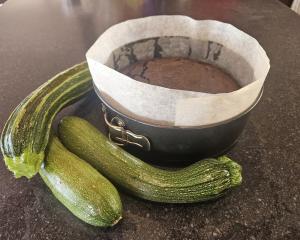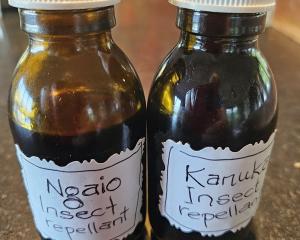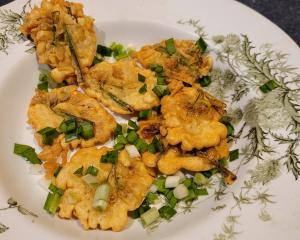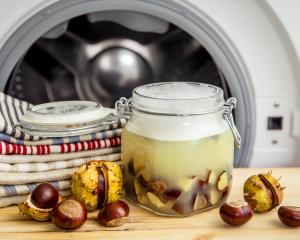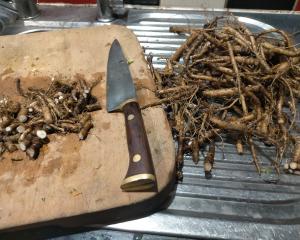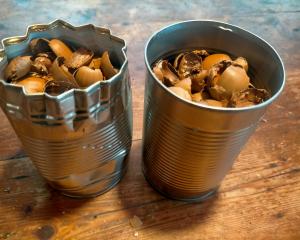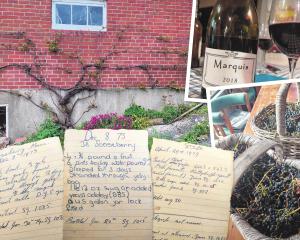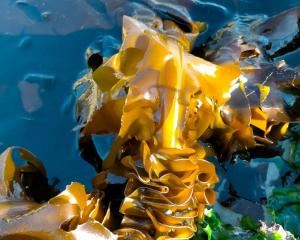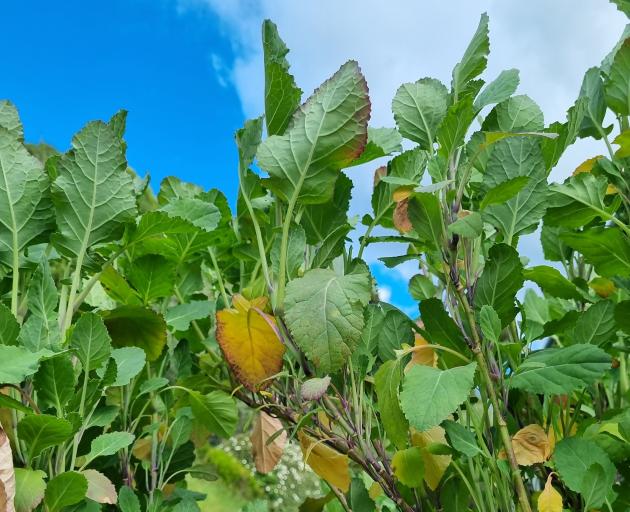

This vegetable is called collard. You will probably have heard of it as a staple food in African American cuisine in the southern states of the US.
Originally from the Mediterranean, and known to be used in ancient Greek and Roman cuisines, collard has spread to many places throughout the world. It is well known in South America, Central Africa, Portugal, Scotland and Germany.
Collard comes from the word Colewort (a medieval term for non-heading brassicas). Can you guess where the word coleslaw came from?

Every slave house was surrounded by a patch of collard, and it could be harvested year round. A staple slave meal would consist of collard greens, de stalked, cooked slowly with a piece of fatty preserved meat, such as ham or bacon, and with the addition of dumplings made from corn meal. This gave them a balanced and vitamin-rich diet.
Collard is rich in vitamins, minerals, antioxidants, supports bone health, may lower the risk of heart disease, promotes digestive health, supports immune function and has anti-inflammatory properties.
The thing I like most about collard is you buy some seeds (from Kings), grow your first season of collard, which has large leaves, and if you keep picking the outer leaves off, you can turn what should really be a biennial plant into a perennial. Constant picking stops the plant from flowering. In subsequent years the leaves are not as big, but my plant has been going for about six years now.
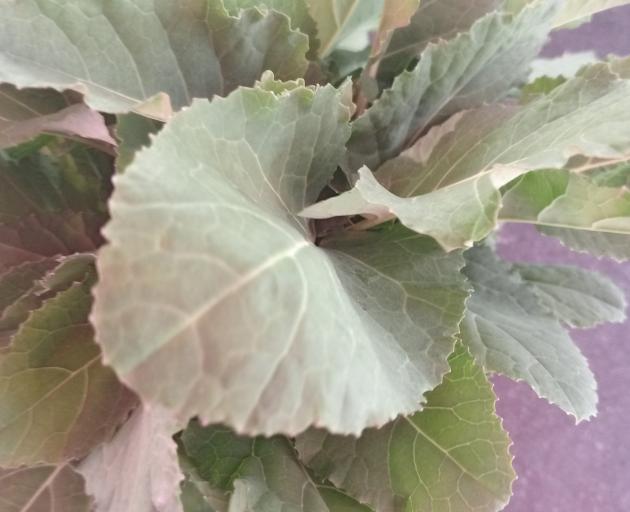
Collard can cope with really hot weather and quite cold weather; it seems to be a bit more resistant to disease and pests too. Mine does get attacked by white cabbage butterflies, but not nearly as much as standard brassicas.
Because of these attributes I think it will be a really good, resilient crop to grow when climate change starts to ramp up.
Another bonus is you don’t really have to work too hard keeping it alive. It is the lazy person’s cabbage.
Hilary Rowley is a frugal, foraging foodie from Waitati. Each week in this column, one of a panel of writers addresses issues of sustainability.

